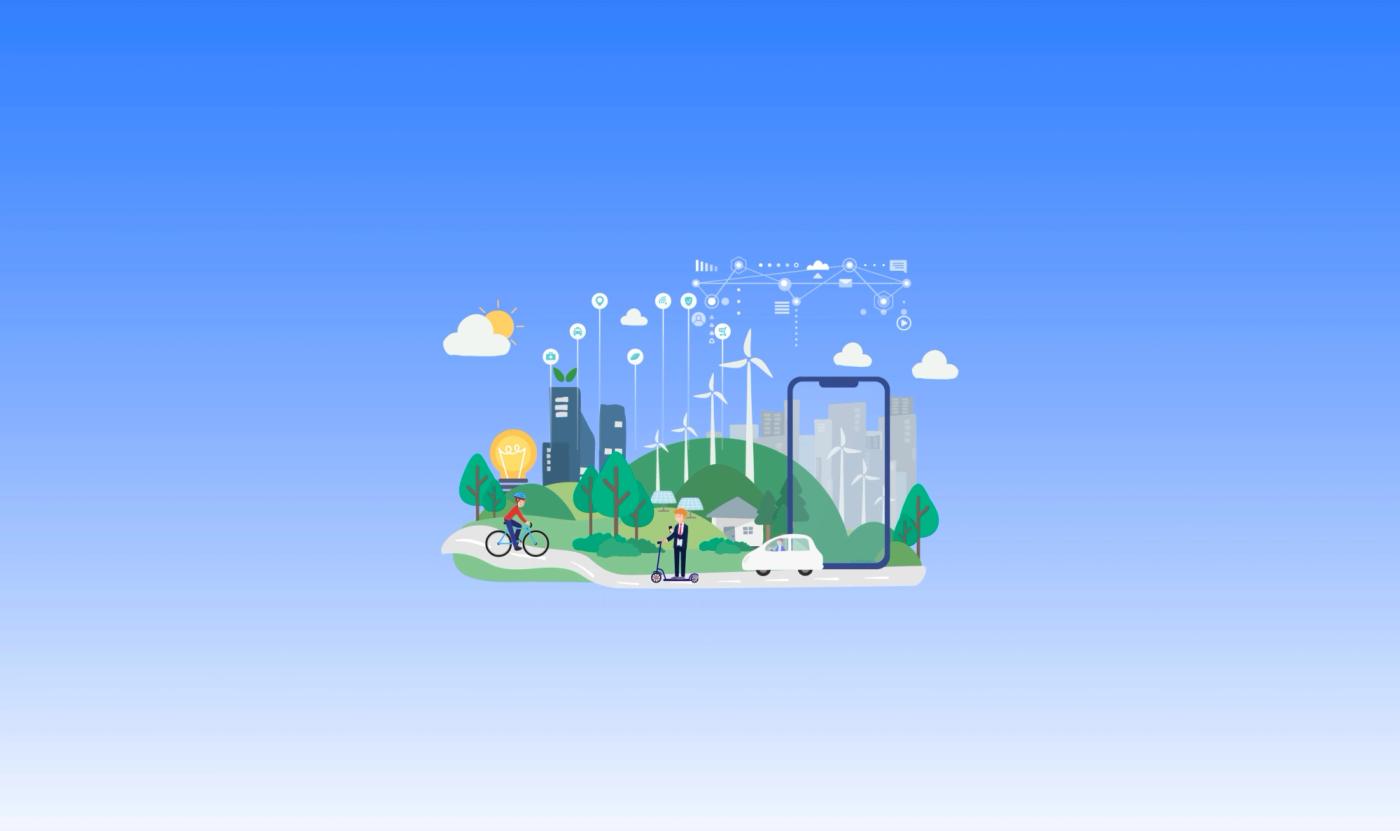Sustainability Needs More Than Just the Cloud
Over recent years, I’ve witnessed a significant increase in the consumption of cloud services, driven by a number of reasons, most predominantly the Coronavirus pandemic and a shift to remote working and learning. As well as improving efficiency, cost-savings and the way we conduct our daily lives, this growth in cloud services has occurred alongside the world’s response to addressing climate change by accelerating net-zero initiatives — either knowingly or unknowingly.
Looking to the not-too-distant future, it’s clear that cloud adoption will be key for organisations to offer their products or services digitally, at scale, and in a secure and reliable manner. However, due to a seemingly endless choice of cloud service providers (CSPs) in the marketplace, an additional challenge for many businesses will be effectively utilising the cloud to drive growth and profitability, while simultaneously meeting net-zero responsibilities and implementing sustainable operating practices that customers now demand.
Moving to the cloud alone does not automatically equate to a more sustainable approach. Sustainability needs to be proactively built into a company's digital processes and designs.
Embracing a FinOps way of doing business
As reported by the technology hub ZDNet, a recent study found that organisations admit to wasting almost “32 percent of their cloud spend — a rise of 30 percent on the previous 12 months”.
With such large sums of money pumped by businesses into their cloud development – and some missing the mark – a rapidly increasing number of organisations are turning to FinOps as a way to deliver the best bang-for-buck spend, as well as genuine sustainability over the long-run.
Explaining FinOps
The FinOps Foundation defines FinOps as “an evolving cloud financial management discipline and cultural practice that enables organisations to get maximum business value by helping [cross-functional teams from] engineering, finance, technology and business [departments] collaborate on data-driven spending decisions.”
Other names for the practice include Cloud Financial Management, Cloud Financial Engineering, Cloud Cost Management, Cloud Optimisation or Cloud Financial Optimisation.
FinOps has been shown to enable faster product delivery, while at the same time gaining more financial control and predictability. Taking a FinOps approach is the best means for creating observability of impact across an organisation's digital supply chain.
In an interview with CDOTrends, I explained that observability through FinOps tells you whether you need to be running services the entire time:
“If you don’t, then you can achieve a cost advantage in not paying for services when you don’t need them, but also have a positive impact on the environment. It enables you to share the computing cost and achieve economies of scale with multiple people using that cloud provider.”
A real-world example I shared was how a coal mining company reduced its carbon footprint by using FinOps to maximise the amount of coal they exported using rail carriages. The partnership between engineering, finance and tech led to a reduction of the trains needed for transportation, which in turn reduced diesel fuel consumption and emissions, and delivered a dual financial and environmental dividend.
Sustainability beyond the cloud
The interest in sustainable architecture extends beyond the use of the cloud, and there is a lot of interest from the wider software community on this topic.
As The Great Resignation ripples through the industry, companies are more frequently being questioned by prospective hires about their efforts to reduce their carbon footprint. Developing in a sustainable manner is fast becoming an important weapon to have in any organisation’s arsenal in the war for landing — and keeping — the best tech talent.
With the issue of sustainable architecture becoming bigger than just the technical considerations, organisations need to look at how they use technology to conduct a carbon footprint analysis when planning how digital transformation strategies or initiatives can be more sustainable. This will then allow them to reliably quantify their emissions and set appropriate targets to reduce them.
Coding design and language choices can have an impact on energy consumption too. Crypto currency is one example of this, and where there is a growing concern on energy consumption and what impact that consumption is having on the environment.
Green software engineering
Increasingly, organisations are relying on what’s known as the principles of green software engineering — “a core set of competencies needed to define, build and run green sustainable software applications”.
These principles include:
- Carbon – Build applications that are carbon efficient;
- Electricity – Build applications that are energy efficient;
- Carbon Intensity – Consume electricity with the lowest carbon intensity;
- Embodied Carbon – Build applications that are hardware efficient;
- Energy Proportionality – Maximise the energy efficiency of hardware;
- Networking – Reduce the amount of data and distance it must travel across the network;
- Demand Shaping – Build carbon-aware applications;
- Measurement & Optimisation – Focus on step-by-step optimisations that increase the overall carbon efficiency.
Green coding
As well as green software engineering principles, technical teams are turning to a range of software languages to deliver outcomes in a manner that consumes fewer resources — or function with a higher level of efficiency — as a means to help reduce their energy footprint.
It’s long been established that the fastest coding languages aren’t necessarily the most energy efficient. This has given rise to what’s become known as ‘green coding’; programming code that is written to produce algorithms that have minimal energy consumption.
Adopting this strategy can be done with minimal disruption to organisations and can easily be integrated into risk management best practice. I was recently interviewed by Casey Tonkin for ACS Information Age and was given the opportunity to explain why and how organisations can get on top of this:
“The ongoing conversation about how to make code more green could change the way people look at existing programs. Organisations should be looking to continually refactor your code after it’s written and deployed. That means every few years checking to see if it’s still worthy, or if parts are redundant and need to be retired. Now I think another dimension to add to this is a consideration about whether you replace it with a different, more carbon efficient language.”
In conclusion
In creating a sustainable global economy, reducing humanity’s carbon footprint and greenhouse gas emissions has never been more urgent.
Sustainability – and an organisation’s commitment to the principles of sustainability – is playing an ever-increasing role in consumer spending and purchasing decisions to the point that businesses of all sizes can no longer afford to ignore its importance.
Furthermore, digital transformation and the adoption of cloud computing is playing a major role in driving sustainable operating practices. And the role of FinOps, and green software engineering and coding, in achieving true sustainable outcomes cannot be underplayed.







